How to Prepare for Your First Violin Lesson
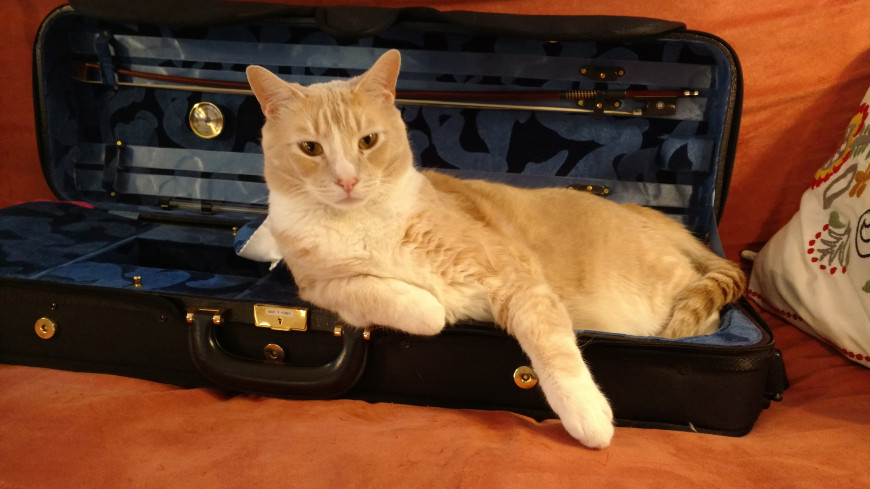
Making the first steps towards beginning violin or viola lessons can be daunting and confusing. There are many teachers and articles out there who list different necessary steps before beginning lessons, but we’re here to break it down for you a little bit. Here at Lessonface, we surveyed our violin and viola teachers to see what they thought was most necessary for beginning lessons on our favorite stringed instruments (don’t tell the cello), violin and viola. We want you to feel as prepared as possible before beginning your first violin, viola, or fiddle lesson!
Necessary Items for a First Lesson
Most violin and viola teachers agree on these items as important to have for the first lesson:
- An instrument of the right size
- Rosin
Additionally, most teachers we spoke with agree the following items are nice to have, but can be purchased after the first lesson:
- Tuner
- Shoulder rest
- Notebook
Instructor and current Juilliard student Mariko Shimasaki recommends, "A music stand is essential to have as it can promote good posture." Innovative instructor Christine Albarran agrees with the suggestion of a music stand and adds having figure tapes placed on the instrument before beginning online lessons.
Instructor Laurel Thomsen, who specializes in tone production and bowing styles suggests, "A metronome or metronome app. Not necessarily at the first lesson, but within the first month or so of lessons."
Where Students Can Buy These Items
Experienced instructor Susanna Sonnenberg recommends searching on Amazon to purchase a violin or viola finger tapes guide. Amazon also carries music stands, tuners, notebooks, and shoulder rests. Sonnenberg, as well as majority of the other teachers, also suggest using Shar music for instruments and other necessary items. In addition, Thomsen mentions that there are metronome apps that students can easily download for use.
How to Find Your First Violin or Viola
Bluegrass artist and teacher Mike Mitchell jokes, “Avoid VSO (violin-shaped-objects) that flood the market at the $100 price range. They seldom stay on tune, and are hard to play, making the process more difficult than it has to be.” We agree, Mike! He adds, "I have worked with Shar Music for decades, and rent/retail my own instruments, books and gear. That being said, in the online marketplace, there are new competitive sources all the time."
Albarran mentiones, "Quality is important. I would recommend renting an instrument until you have reached full size. Find a local shop that you can count on to replace a string, upgrade sizes and repair the instrument."
Going into more detail, Sonnenberg also adds, "I am willing to measure students for the correct size. I will recommend local music stores and national/online stores to purchase/rent and instrument and supplies. For children, I recommend renting until they are ready for a full size instrument. I explain the pros/cons of renting versus buying."
Shimasaki gives some tips for renting, "It is easier to visit a violin shop and have someone help with the appropriate violin size. However, online stores do have notes on body measurements corresponding to the violin size."
Necessary Background Information
Lucky for you, most teachers agree there is no background information necessary to starting violin or viola lessons!
Here is a diagram to get introduced to the instrument before your first lesson. Pictured is a viola, who has the strings (from left to right) C G D A. The violin has the same parts as the viola, the only difference is the strings are slightly different. A violin has the strings (from left to right) G D A E. If you notice, the violin and viola both have G, D, and A strings. The only difference is the viola has a lower C string, and the violin has a higher E string. This is why the viola is slightly bigger and carries a deeper sound, while the violin often plays the higher pitched voices.
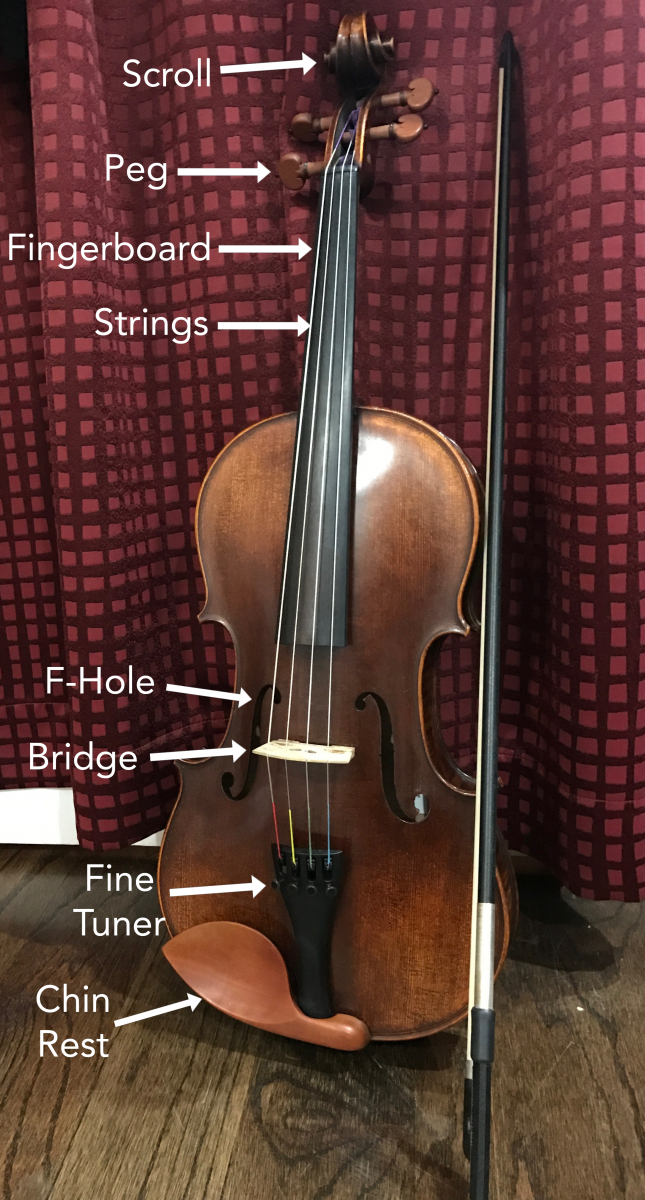
Tips for Getting Started on Violin and Viola
Shimasaki says, "Patience is key! The first few weeks of starting violin may be frustrating, confusing, and maybe a little bit uncomfortable physically. However, with practice and regular lessons, you will be out of that stage in no time."
Albarran adds, "Listen to lots of recordings and go to live concerts! Listening is the best background knowledge!"
Listening to Music
Thomsen says, "Listening to video and audio of violinists and fiddlers is a great way to start getting inspired." This will motivate you to make the move of booking a lesson! Thomsen suggests listening to violinists and violists such as Bach, Mendelssohn, Brahms, Beethoven, and Dvorak. We’ve included a couple videos of Lessonface teachers to get you started. Happy violin and viola playing!
Mariko and Kanako Shimasaki performing on the Millenium Stage.
Christine Albarran performing in her project, The Sea and Marie.
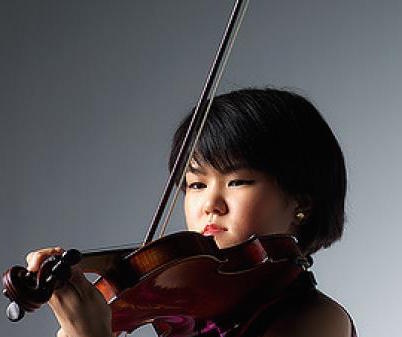 |
Mariko Shimasaki is a Yamaha Young Performing Artist who began playing the violin at five years old. She currently attends the Juilliard School. Mariko has traveled the world playing music and has been teacher for over three years. Learn more from Mariko. |
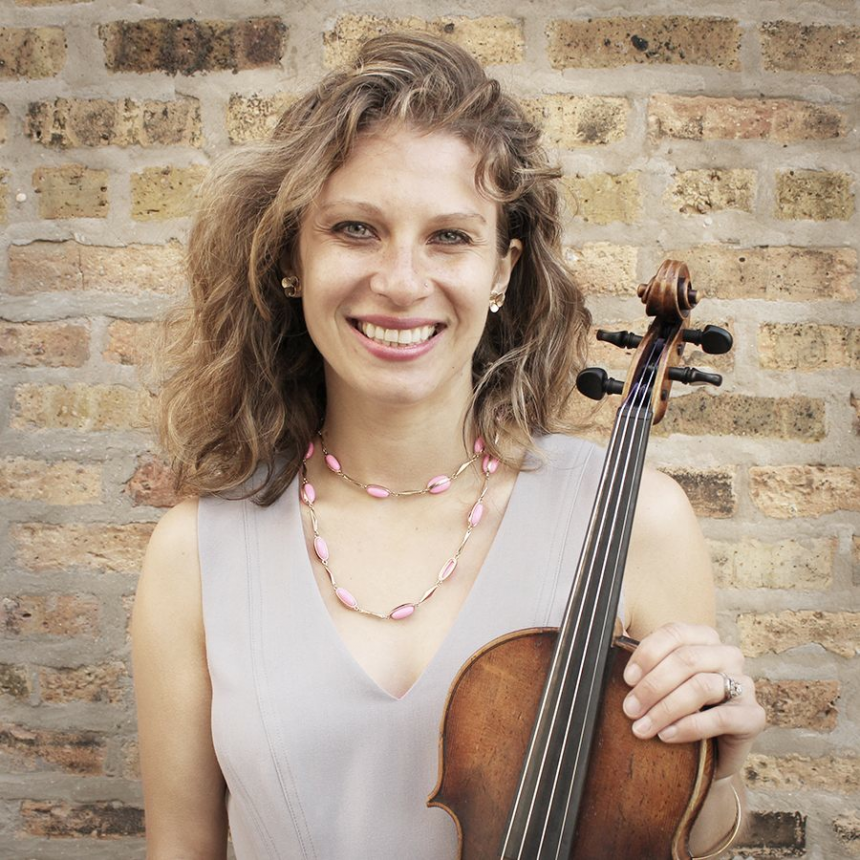 |
Christine Albarran is an inventive and passionate violinist, using music to bring people together. She is a highly educated teacher, completing a degree in music performance, business management, and a Masters in music education. Christine plays in several groups and enjoys songwriting on various intsruments. Learn more from Christine. |
 |
Laurel Thomsen is a well versed educator with over 20 years of experience. She has been complimented on her valuable addition to the changing times in string instruction. Laurel enjoys teaching in a creative manner that allows students to push the boundaries between genres and enjoy musicality. Learn more from Laurel. |
 |
Susanna Sonnenberg has been playing violin and viola almost her entire life. She has immense experience playing in orchestras and competitions, allowing her to help students easily prepare for auditions. You may even spot a cat during your lessons with Susanna! Learn more from Susanna. |
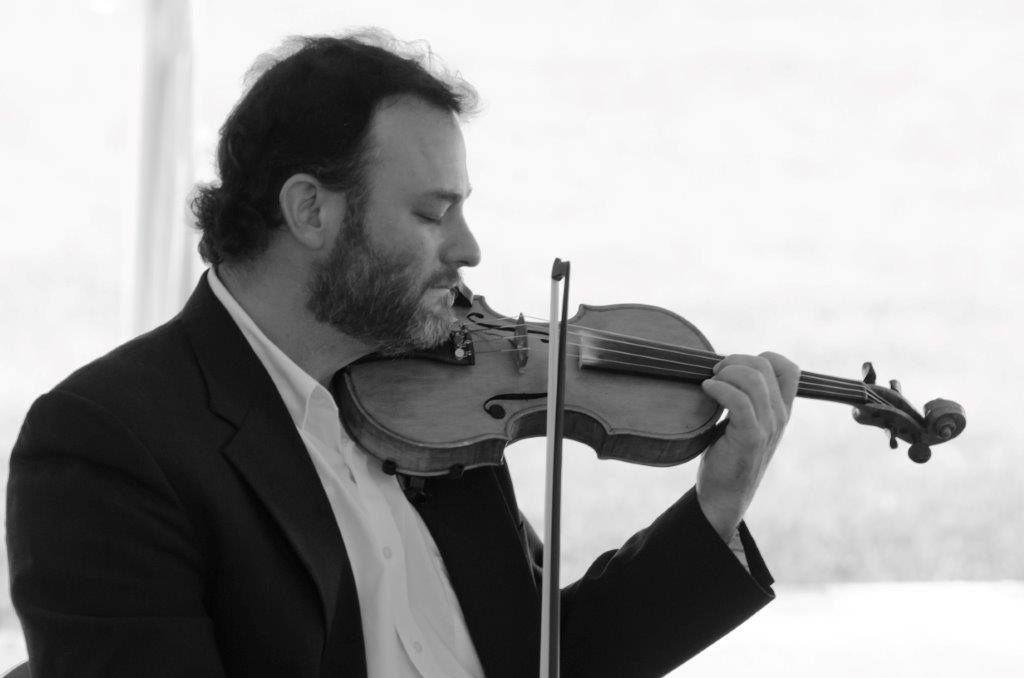 |
Mike Mitchell is an accomplished fiddle player, specializing in bluegrass and blues. He is a creative instructor with over 20 years of teaching experience and 35 years of playing experience. Mike has played shows all over Virginia, allowing him to bring additional experience to lessons. Learn more from Mike. |
Find more Violin Classes and Tutorials




